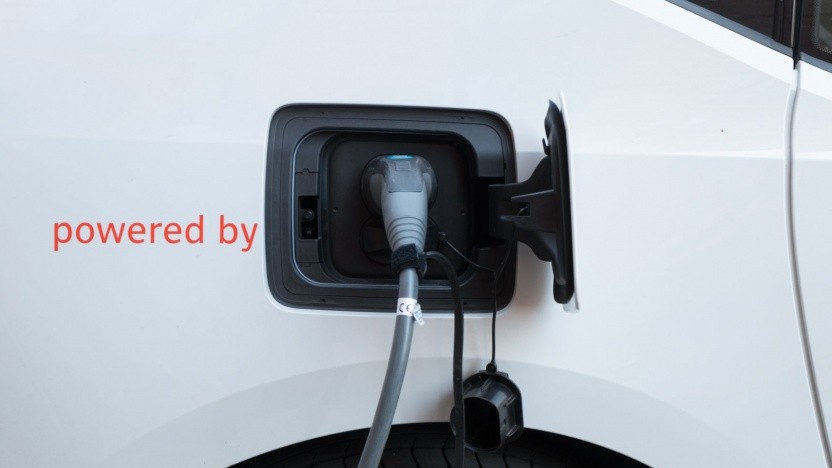More power, more power, more danger. The ADAC has tested wallboxes that have more power to load the electric cars offer as a power outlet. Some of the tested wallboxes performed very well, others had serious safety deficiencies.
December 4, 2018, 6:58 pm,
Werner Pluta

Electric car on the stream (symbol): Safety as the top priority
(Image: Werner Pluta / Golem.de)
Load faster than at the household socket: Wallboxes offer a higher performance and thus shorter load times. However, the higher electrical power also carries a dangers potential, as a current test shows.
Job market
AKDB, Regensburg
Vodafone Kabel Deutschland GmbH, Unterföhring (near Munich)
The General German Automobile Club (ADAC) has tested some of these boxes, However, the testers rated only half as good or very good. Three boxes are not recommended. The last-placed three boxes even classify them as risky and advise against buying. The selection included twelve products with charging power of between 3.7 kilowatts (kW) and 22 kW. The boxes cost between 300 and 2,000 euros – plus the cost of installation, which must be performed by a professional.
The batteries were divided into three groups: with a charging power of 3.7 to 4.6 kW, 11 kW and 22 kW. The testers tested how reliably they load, how to operate and, of course, safety. Safety played the most important role – the overall rating could not be better than the grade for it.
The first group included four models, two of which – Keba Kecontact P30 and Wallbe Eco 2.0 – with very good and good scores (scores 1.3 and 1.7). They were reliable and easy to use, it was said. The other two, EV Onestop Wallpod and Vestel EVC02-AC3, got a 4.5. Both consider the ADAC tester not recommended.
Of the five wallboxes with 11 kW charging power, two fell through smoothly (score 5.5): Annie Carparts Simple EVSE and the kit Franz Röcker Simply EVSE, both in the lower price segment, showed such safety deficiencies that the testers see it as a serious risk. Both did not turn off an error message, which could cause a fire, for example. The other three 11kW loaders – ABL eMH1, Innogy eBox and Schneider Electric Evlink – received one-one grades (grades 1.0, 1.6 and 1.8) – ABL was the test winner.
The most expensive Wallbox finished second best: the Mennekes Amtron Xtra 22 C2, which charges with 22 kW. In any case, the three 22 kW boxes were the most expensive with around € 1,300 to € 2,000; but they also charge the fastest. The other two boxes – Wall Box Chargers Commander and Alfen ICU Eve Mini – got the marks 4,5 and 5,5.
The ADAC advises to buy a universally applicable Wallbox, such as the test winner of ABL. Thus, a car can be one-phase with 3.7 kW, two-phase with 7.4 kW or three-phase load with 11 kW. Even with a charging power of 3.7 kW, about 30 kilowatt hours (kWh) would be charged into the battery overnight. That’s enough for 150 kilometers – and thus for most daily rides.
